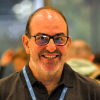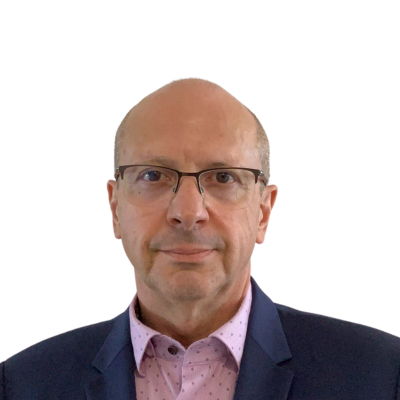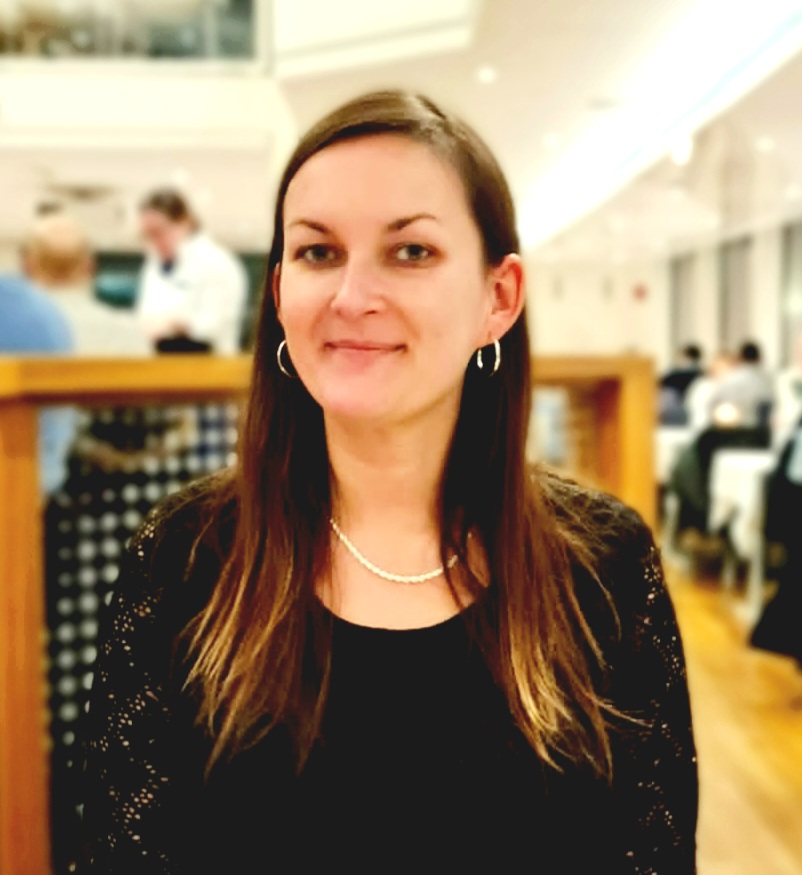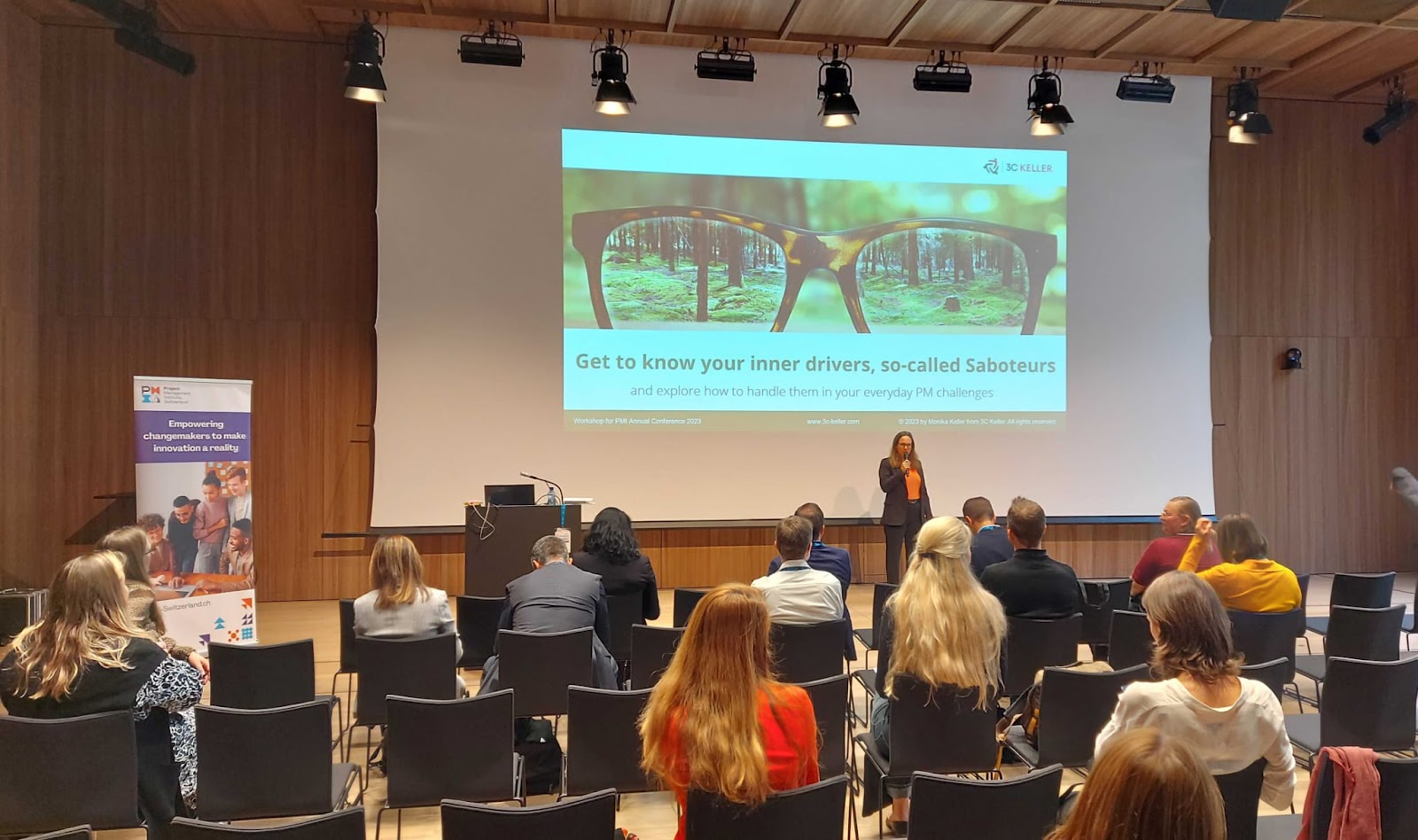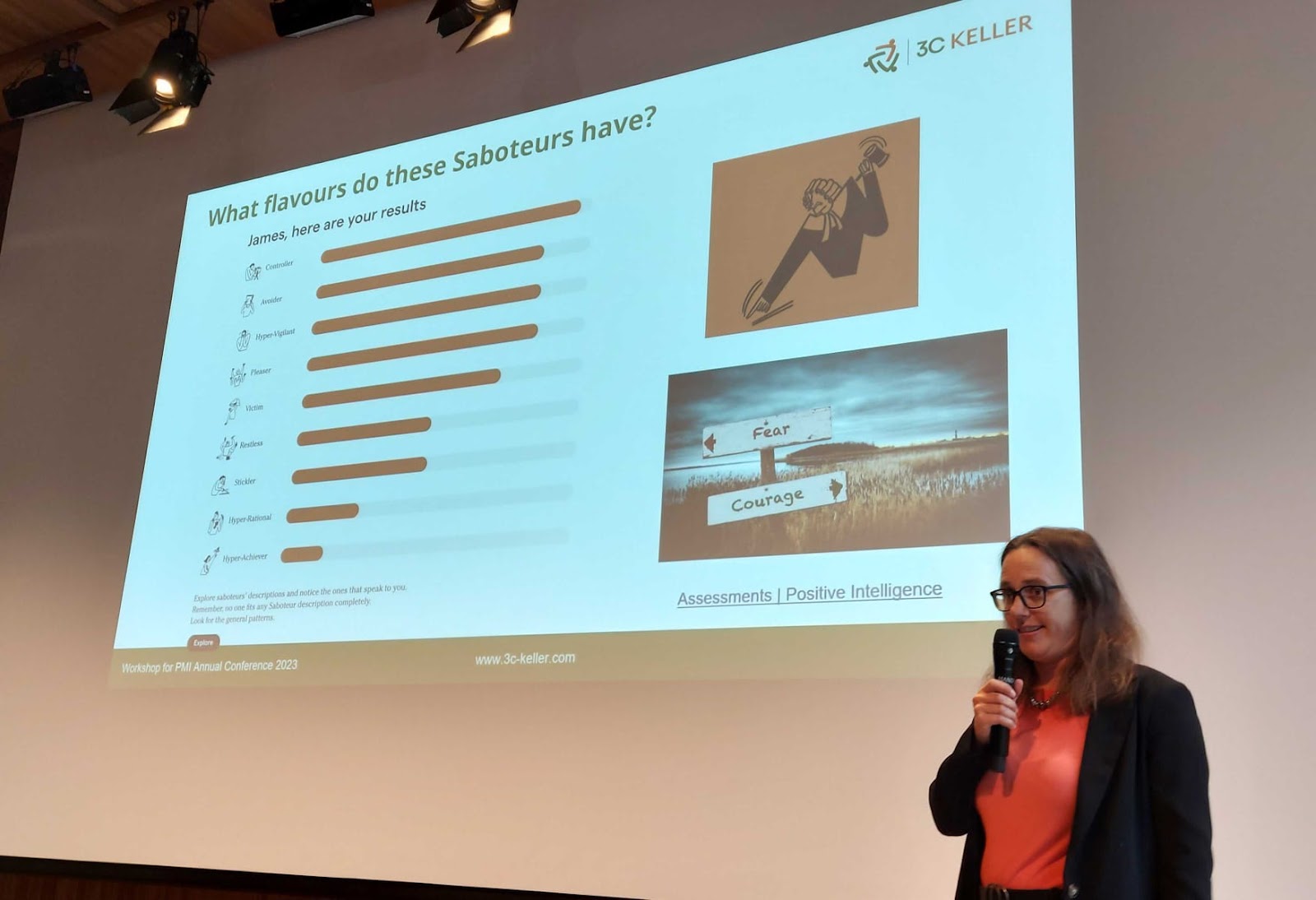Author: Harish Ramakrishnan

What is the most important element in managing virtual teams?
How is communication different between physical and virtual teams?
Will we continue to manage virtual teams?
Some questions answered by the PMI-Switzerland chapter event "Managing Virtual teams" , which was hosted in IBM Zurich and presented by the CIO of Le Creuset AG - Mr. Rafael Almoguera .
There is no better way to start a session on managing virtual teams than having virtual participants, our audience was located in 4 locations, Spain, Japan, UAE and ourselves in Switzerland. This provided a practical example of what the future of team management, training and overall business looked like.
First, Rafael introduced what is a virtual team and which companies have virtual teams - practically every one. He then introduced to the concept of 3T- Trust, Time and Technology.
Addressing the elephant in the room, Rafael then talked about the key challenges faced by project managers while managing a virtual team, and as well the challenges faced by the team members in such a project. With communication being one of the most important elements of a project, we learnt that for those who manage a Virual team and for those who are part of a virutal team, ability to communicate with out the use of Non verbal cues is important.
He then explained the characteristics of good teams and how those characteristics need enhancement when the team becomes virtual. He detailed the most important ingredient needed for building the best virtual team - Trust, he clarified how simple team building activities could improve the working relationship in virtual teams, for example he explained how things changed when his team flew for a team dinner activity of having a dinner together with the team physically once or twice a year can build such a high level of trust and comfort among the team.
We learnt to be able to succeed in managing a vritual team, we need to be able manage across cultures, use technology effectively, have a well understood process and most of all have Trust. Both those who manage and those who are being managed in a virtual team have the advantage of work life balance, diversity of perspectives, reduction in unnecessary travel -> inturn CO2 emissions , reduction in costs and increase job satisfaction.
With so much at stake, I understood from the session, virtual teams are to stay and more and more leaders are going manage their companies from their holiday homes .
Kind Regards,
Harish
